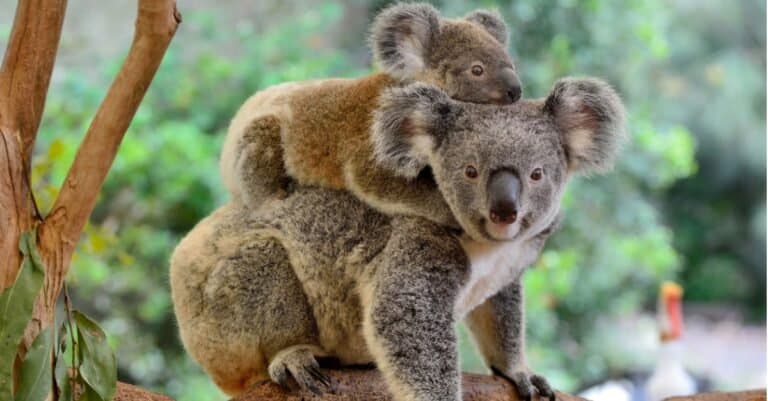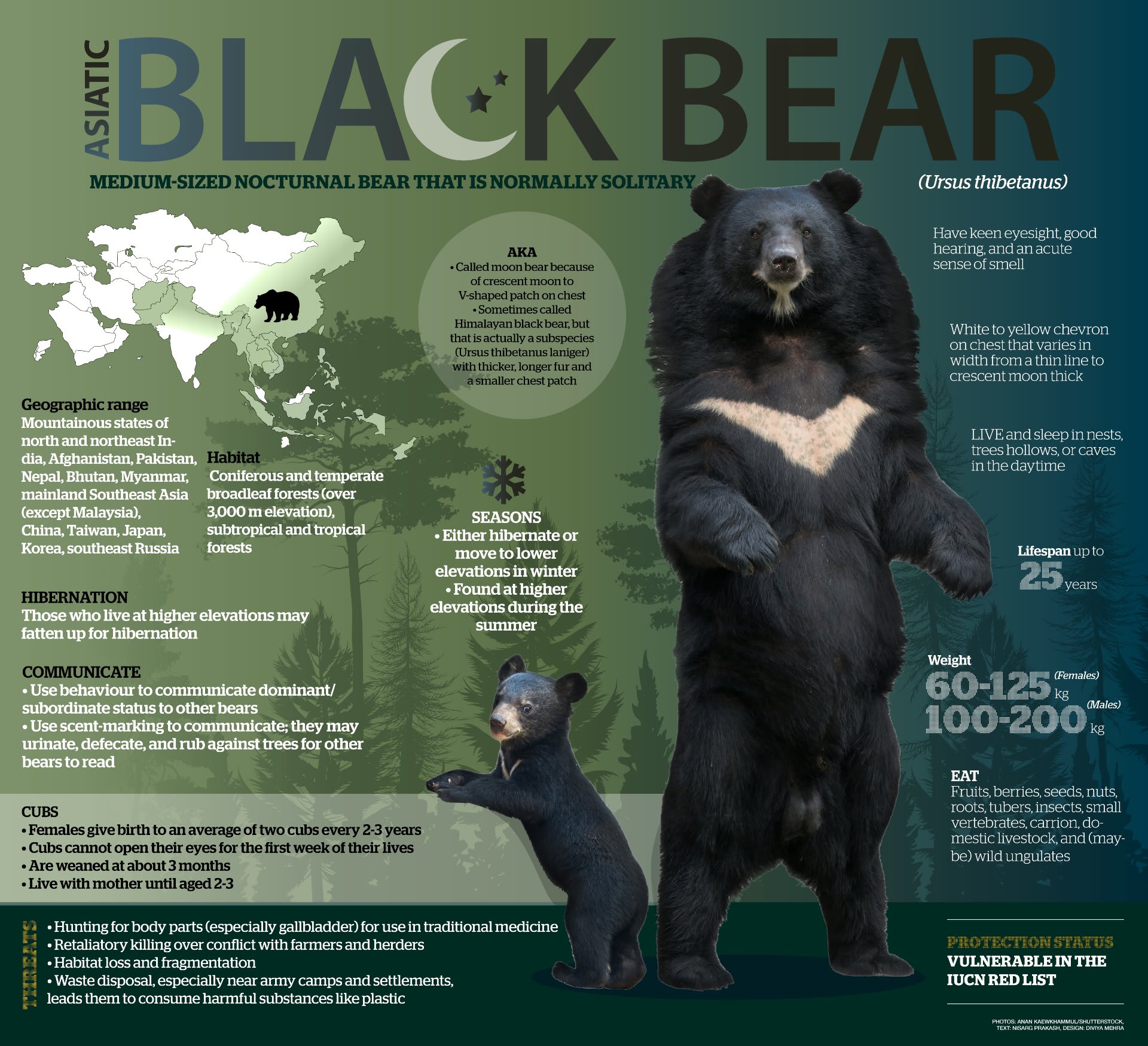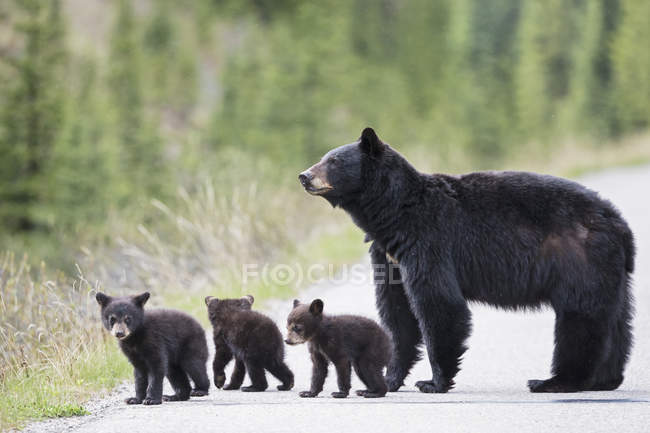

Understanding these behaviors can help us appreciate and protect these magnificent creatures. While many people may think all bears sleep and behave in the same way, different bear species have diverse nocturnal behaviors.

Different Types of Bears and Their Nocturnal Behaviors By studying their sleep patterns, scientists can gain insights into how bears conserve energy, adapt to their environment, and interact with humans. In conclusion, understanding bear sleep patterns is crucial to understanding their behavior and ecology. For example, bears that live in areas with a lot of human activity may be more likely to sleep during the day when humans are less active. This may be influenced by their habitat and the availability of food. Some bears may prefer to sleep during the day, while others may prefer to sleep at night. This is because they are more likely to be disturbed by human activity, such as noise or lights, which can disrupt their natural sleep patterns.īears also have individual sleep preferences, just like humans. Bears that live in areas with a high human population tend to sleep less and have more disrupted sleep patterns. During the summer months, when food is abundant, and temperatures are warm, bears tend to sleep less.Īnother factor that affects bear sleep is the presence of humans. In general, bears tend to sleep more during the winter months when food is scarce, and temperatures are cold. For example, the availability of food, temperature, and daylight hours can all affect when and how much a bear sleeps. The factors that affect bear sleep habits are incredibly diverse. This adaptation allows bears to conserve energy during periods of food scarcity, such as during the winter months.
#ARE BLACK BEARS NOCTURNAL OR DAYTIME ANIMALS FULL#
This phenomenon is similar to hibernation, but during torpor, the bear can be easily awakened and will not go through a full physiological shut down like during hibernation.

Torpor is a form of deep sleep when the bear’s body temperature drops, their heart rate slows down, and their breathing becomes shallower. During NREM sleep, bears experience muscle tone and may move around, roll over, or scratch themselves.Īnother unique aspect of bear sleep is that they experience torpor. This is a unique physiological adaptation that helps the bear conserve energy while sleeping. During REM sleep, bears experience muscle atonia, which means they become temporarily paralyzed. Research has shown that bears experience two types of sleep: rapid eye movement (REM) sleep and non-rapid eye movement (NREM) sleep. However, bears’ sleep patterns differ from ours in several ways. Just like humans, bears go through different stages of sleep, which are characterized by different brain wave activity. Understanding their sleep patterns is essential to understanding their behaviors. Understanding Bear Sleep Patternsīears are fascinating creatures that are primarily active during the day, but they also sleep a lot. In this article, we’ll take a look at the nocturnal habits of bears and explore how they differ across different species. One question that often comes to mind is whether or not bears sleep at night.

With their massive bodies and unique behaviors, they capture the attention and curiosity of many.


 0 kommentar(er)
0 kommentar(er)
